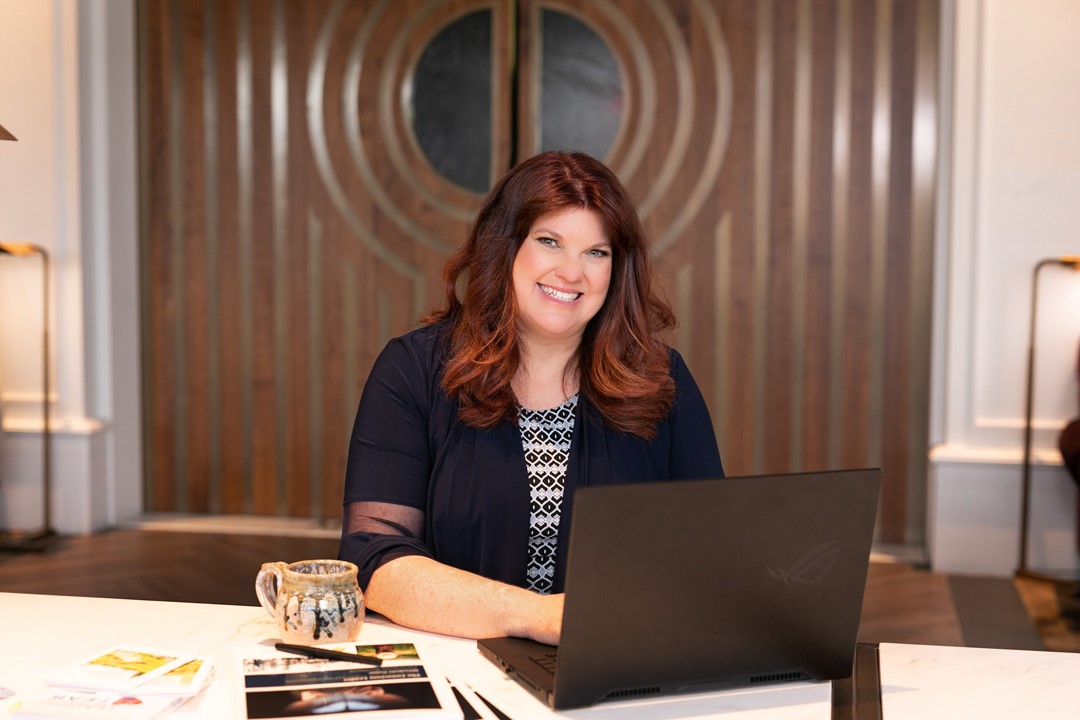For many of us, the world still looks very different from where we were just a year and a half ago. While we all are desperate to get back to normal, many of us are less excited to embrace every aspect of our old routines.
Our common trauma leaves us searching for meaning in new ways and given the worldwide nature of this event, we have a group experience like no other.
I’ve been reading about a consequence of this for months. Comedians are adding the concept to their skits, employees are experiencing it with co-workers, journalists are enjoying the topic as they seek to make light of our new condition: Post-Pandemic Social Awkwardness.
While there are distinct signs of social awkwardness such as missing social cues/body language, feeling more self-conscious than usual, or avoiding social activities that you once enjoyed, there are more subtle signs as well.
Here is some general guidance about how to cautiously navigate post-pandemic interactions.
- Take a couple steps back.
Our physical limits have changed. We have become accustomed to a six-foot bubble around us at all times in public spaces. This perception might lead us to feel frustrated, disappointed or disrespected when someone violates our perimeter.
Avoid making assumptions about the comfort level various individuals have when it comes to distancing. Pay attention to body language and respect what people are telling you, either verbally or non-verbally, by stepping back or maneuvering away from you.
- Be sensitive to touching boundaries.
Our way of saying hello and goodbye has changed. As an individual, I always want to hug others in greeting. Zoom made things easy by changing the norm to waving and closing my browser window. Now, I am lost. Are handshakes still out? Is an elbow bump, okay? With one colleague, I blew a kiss. Obviously, I am still looking for a substitute greeting.
We are all in a different place with what kinds of physical touch feel comfortable. How we re-engage with each other is important and we need to define and respect each other’s boundaries more clearly. In the long run, this is probably a good shift to address what others are and are not comfortable with.
- Double check yourself on the small talk.
In some situations, I’m starting to lack the ability to talk about anything except my pets and the weather. This can make good conversation, but there is only so long that people want to hear about your pets. Go into your calls prepared to have some conversation that goes deeper. Are you curious about the artwork behind them, the photos on their wall or something exciting that happened to them over the weekend? These can all be areas of conversation that allow you to connect in a more meaningful way and leverage the gift of technology.
- The awkward pause
As we consider the changes in our social context, new technology has facilitated a different way of being with each other. With video calls we can see everyone at the same time. We are trying to listen intently and speak deliberately so as not to talk over someone on Zoom. As I began meeting with people in person, I found myself engaging in conversations differently. Instead of the natural flow of back and forth, my tone, cadence and presence has shifted.
As mask mandates were lifted, I found myself making eerie eye contact with the people I interacted with. When we were all in masks, direct eye contact was required to read facial expressions; that was the only way I had of connecting and reading facial language. Now, I have to re-learn that I can reply with smiles, head tilts, and other facial cues.
While all that might seem dramatic to some, I think we can all agree that social interactions have shifted and we are working to re-engage with this new normal. As we proceed, recognize that we have all changed over the past year and a half. Our values have surfaced in new ways and our self-identity has been altered. Be patient with yourself and others as we all navigate these new social norms.

About the Author
As the President and CEO of Innovative Connections, Laurie Cure’s focus is consulting in strategic planning, organizational development, talent management and leadership including change management and culture evolution.
With more than 25 years of leadership experience, she has dedicated her career to delivering strategic visions, working with executives/senior leaders to drive organizational outcomes, and researching and publishing on important industry issues and topics.
In addition to her book, Leading without Fear, about overcoming fear in the workplace, she has published on the topic of leadership, coaching, team development and workplace culture.


